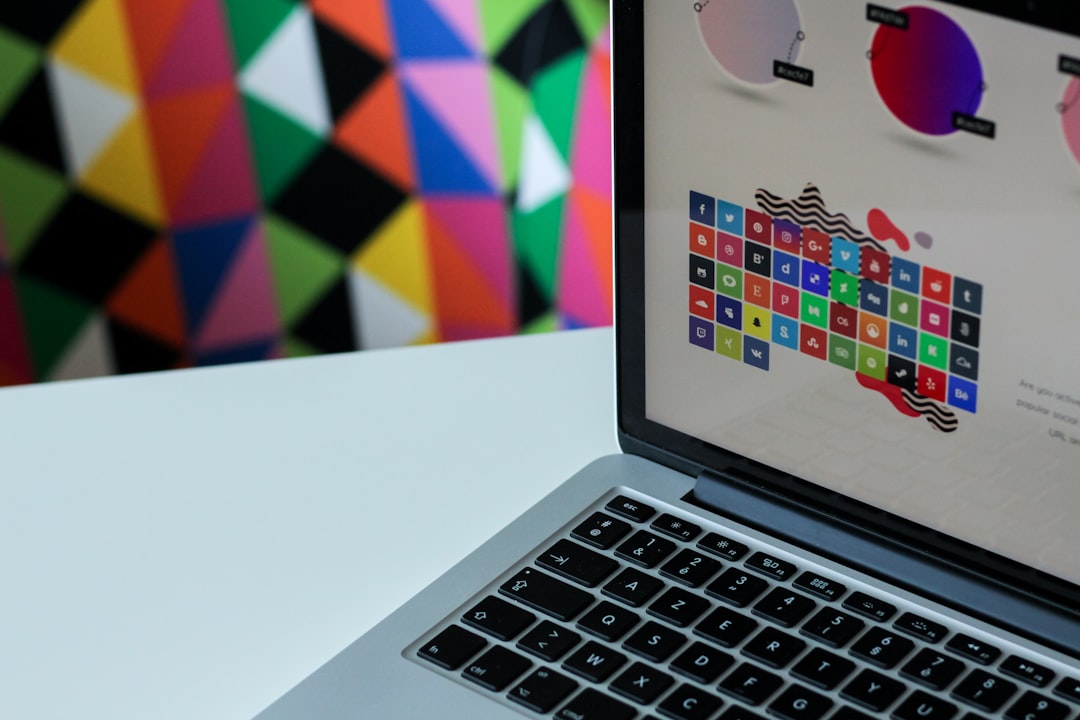
Can I use SolidWorks for 3D printing?
Have you ever wondered if you can use SolidWorks for 3D printing? The short answer: Yes, you totally can! In fact, it’s a popular choice for engineers, designers, and makers who want to bring their ideas to life.
If you’re just getting started on your 3D printing journey, or you’re curious if your cool SolidWorks design can turn into something real, you’re in the right place. Let’s break it down and have a little fun doing it!
What is SolidWorks, anyway?
SolidWorks is like a playground for product designers. It’s a powerful 3D CAD (Computer-Aided Design) software that lets you create detailed models on your computer. From gears and gadgets to robots and race cars — if you can dream it, you can probably design it in SolidWorks.
It’s especially good for precision parts. That makes it a top pick for professionals who want their parts to be just right.
[ai-img]solidworks interface, 3d design, cad modeling[/ai-img]So, can a SolidWorks model become a 3D print?
Absolutely! But there are a few steps involved. Think of SolidWorks as your drawing stage, and your 3D printer as the sculptor. You design the idea in SolidWorks, then send it to the printer in a language it understands.
That language? It’s called STL.
STL stands for “StereoLithography,” and it’s the most popular file format for 3D printing. SolidWorks can easily turn your model into an STL file. Here’s how:
- Finish your 3D model in SolidWorks.
- Click File > Save As.
- Choose .STL from the file type menu.
- Save and celebrate! 🎉
Now your file is ready for your 3D printer or slicing software.
What’s slicing software?
Great question! It prepares your model for printing by cutting it into super thin layers. Think of it like slicing a loaf of bread. Each layer tells the printer what to do.
Popular slicers include:
- Cura
- PrusaSlicer
- ChiTuBox
Once the slicer does its job, it sends instructions to the printer in a file called G-code. And boom — your part starts printing!
[ai-img]3d printer, stl file, slicing software[/ai-img]Tips for using SolidWorks for 3D printing
Before you hit “print,” here are a few helpful tips to get the best results:
- Keep your model watertight: This means no holes or gaps. Your printer needs a solid object to print.
- Watch your wall thickness: Too thin, and it might not print right. Aim for at least 1 mm.
- Check for overhangs: Parts sticking out too far might need support. Your slicer can help with that.
- Simplify small details: Some tiny features might be hard for the printer to capture. Make them a bit chunkier for better prints.
Perfect for prototyping
SolidWorks is fantastic for prototyping. You can test out a design, print it, make changes, and then print it again. This cycle helps you get things just right before moving to full production.
Whether you’re making a phone stand, drone parts, or a whole robot — SolidWorks gives you control and flexibility.
Can beginners use it?
Well, SolidWorks has a learning curve. It’s not as simple as beginner-friendly tools like Tinkercad. But once you get the hang of it, you’ll love how powerful it is.
If you’re new, plenty of tutorials and YouTube videos can guide you step by step. Don’t be afraid to experiment!
Wrapping it up
Yes, you can 3D print from SolidWorks!
It’s a fantastic tool for intricate and professional designs. As long as you export your files right and prepare them well, your 3D printer will be happy to build your vision.
So go ahead — start designing your next awesome creation. The future is printable!
[ai-img]3d printed object, prototype, solidworks model[/ai-img]

